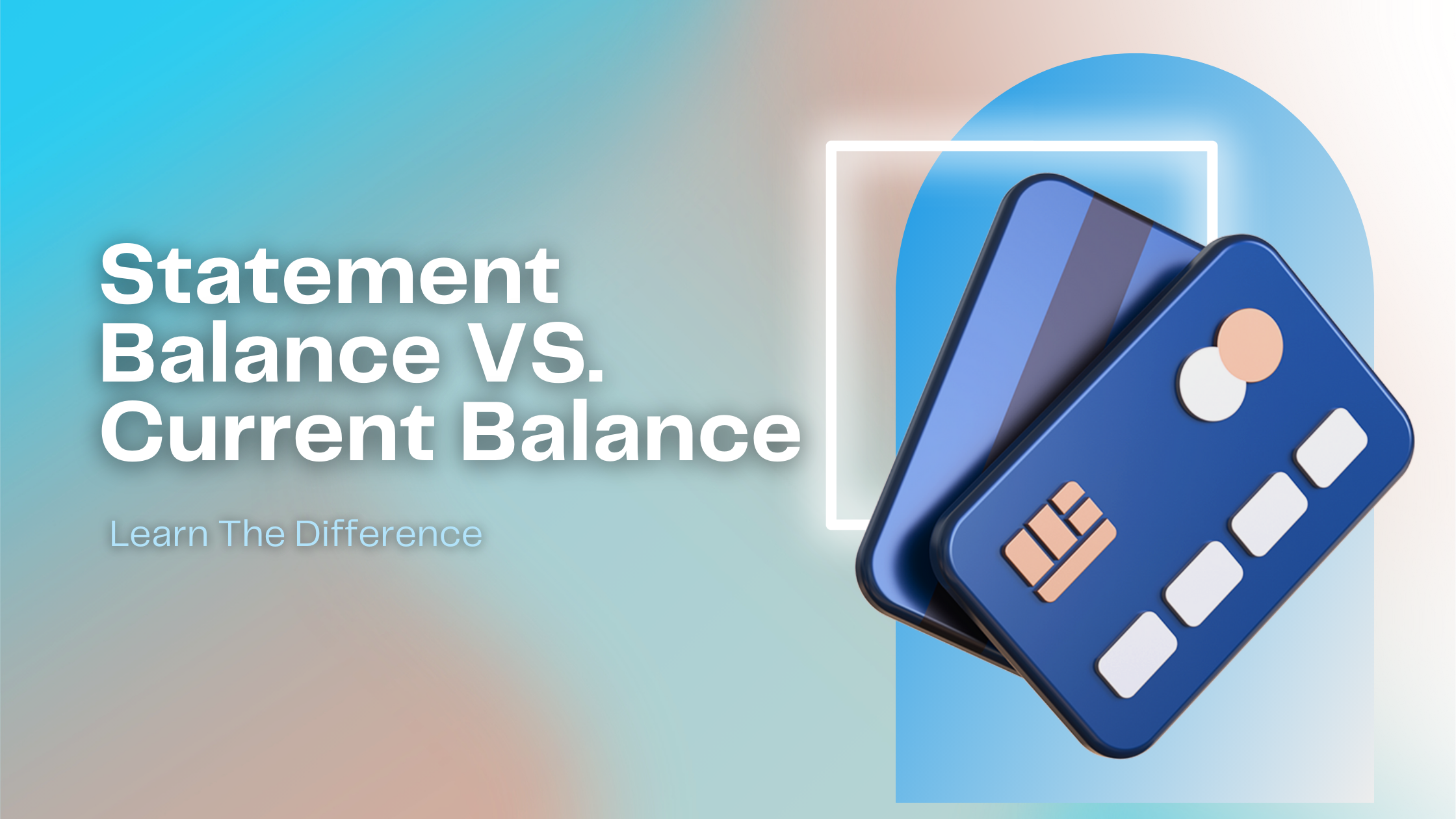Managing your finances effectively requires a clear understanding of various terms associated with your credit card. Two important terms that often cause confusion are “Statement Balance” vs “Current Balance.” In this article, we will delve into the differences between these two balances, helping you make informed decisions about your credit card usage and payments.
Statement Balance:
The statement balance refers to the total amount you owed on your credit card at the end of the previous billing cycle. It represents the outstanding balance that was reported to the credit bureau on your last statement. This balance is crucial because it is used to calculate interest charges if you don’t pay it off in full. It is essentially a snapshot of your debt at the end of the billing period.
Current Balance:
In contrast, the current balance includes all transactions up to the present date. This encompasses purchases, payments, fees, and any other credits or debits on your account. Unlike the statement balance, which is a fixed figure until the end of the billing cycle, the current balance changes in real-time as you make purchases or payments. It provides an up-to-the-minute overview of your credit card account status.
Statement Balance vs Current Balance: Key Differences
Timing: The statement balance is frozen at the end of the billing cycle, while the current balance is dynamic and changes in real-time.
Calculation: The statement balance is used to calculate interest charges, whereas the current balance gives you an immediate snapshot of your financial standing.
Payment Consideration: To avoid interest charges, it’s essential to pay your statement balance in full by the due date. However, the current balance helps you understand your total financial liability at any given moment.
Why It Matters:
Understanding the disparity between these balances is crucial for effective financial planning. By paying off your statement balance in full each month, you can avoid accumulating interest charges. Monitoring your current balance regularly helps you stay within your budget and avoid overspending, ensuring you don’t incur debt that you cannot manage comfortably.
Conclusion:
Differentiating between statement balance and current balance empowers you to make smart financial decisions. By paying attention to both balances, you can maintain a healthy credit card account, healthy credit score, avoid unnecessary fees, and work toward achieving your financial goals with confidence. Stay mindful of your spending, pay attention to your statements, and use this knowledge to take control of your financial future.

